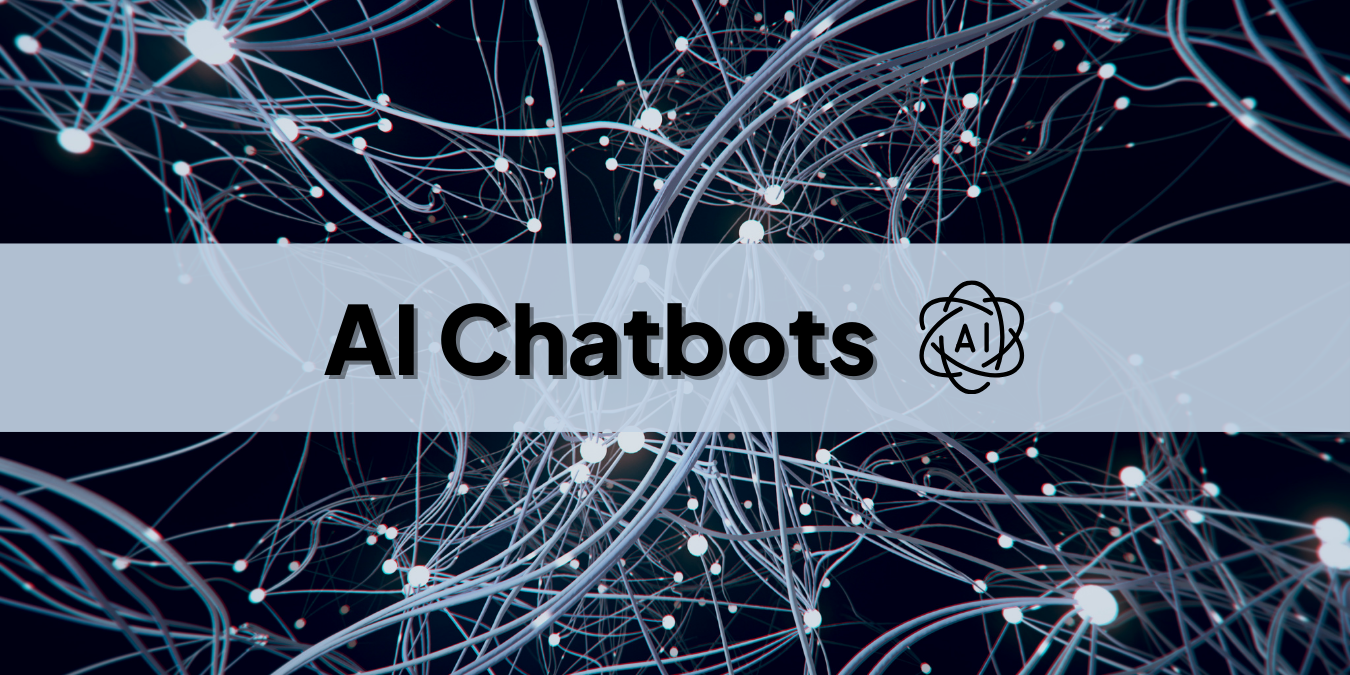Learn about the potential risks and pitfalls associated with performance marketing. We'll show you how to deal with the challenges and how to improve your campaigns to get the best results.
Content
Definition of Performance Marketing
The Most Common Risks Associated with Performance Marketing
How to Avoid Potential Pitfall and Risks?
Introduction
Performance marketing is one of the cornerstones for companies seeking to maximise their return on investment. Because performance marketing focuses on measurable results, it's possible to directly link marketing activities to tangible outcomes such as sales, leads and clicks.
However, navigating the intricacies of performance marketing requires more than just understanding its mechanics; it also requires a good understanding of the potential risks and pitfalls that can undermine its effectiveness. From misaligned marketing objectives to the problems associated with over-reliance on individual channels and the ever-present threat of fraudulent practices, there is a lot at stake.
This article looks at just that, illuminating the common pitfalls that companies most often encounter and presenting information on how to avoid them.
By being able to identify these potential obstacles in advance, you will be able to create more effective strategies and ensure that your performance marketing efforts lead to sustainable growth and success.
Definition of Performance Marketing
.png?width=602&height=301&name=Kopie%20n%C3%A1vrhu%201%20(1).png)
Performance marketing is a comprehensive approach that is at the heart of digital advertising and is characterised by its focus on measurable outputs and outcomes. Unlike traditional marketing methods, which are mostly based on estimated reach or brand awareness, performance marketing focuses on specific actions taken by the audience - be it sales, lead generation (leads), clicks, or any specific action that can be directly attributed to the marketing effort. This model operates on a pay-for-performance basis, ensuring that advertisers only invest in ads that achieve predetermined goals, maximizing efficiency and ROI.
At its core, performance marketing includes several key components, including affiliate marketing, search engine marketing (SEM), social media advertising and programmatic advertising. Each of these channels offers unique mechanisms for targeting and reaching potential customers, driven by data and analytics that provide real-time insights into campaign performance.
The use of sophisticated tracking tools and technologies is paramount in performance marketing. These tools allow you to track individual customer journeys from initial engagement to final conversion, allowing you to optimize campaigns based on detailed performance data. Being able to measure success this accurately not only increases accountability, but also allows for continuous improvement of strategies to achieve better results.
The Most Common Risks Associated with Performance Marketing
While performance marketing offers a promising path to achieving measurable results, it is not completely free from problems and risks. Here we look at some of the most common risks associated with performance marketing.
Authentication and Data Integrity Issues
Data authentication is very important in digital marketing. However, when working with marketing agencies or third-party partners in general on performance campaigns, controlling the data verification process can be challenging. Partners and digital agencies are sometimes incentivized to tweak or exaggerate data to achieve more favorable results and subsequently secure higher compensation from your company.
Over-reliance on Specific Channels
Another significant risk stems from an over-emphasis on one channel. While some platforms may offer impressive short-term results, over-reliance on them can expose advertisers to fluctuations in platform algorithms, changes in user behaviour or increased competition, which can dramatically impact performance. Diversifying marketing efforts across multiple channels can mitigate this risk and provide more stable and consistent results.
Domain Spoofing Risk
With Google having approximately 84% of the market share in search, using Google ads is a logical strategy to increase conversions for your brand. However, this dominance does have its negatives, namely the fact that virtually any domain can be targeted for spoofing. In fact, spoofing most often occurs when scammers slightly modify your domain name to mimic your brand and instead redirect users to their own site. Here, they can collect user data under false pretenses, for example. If the fraud is detected, users may mistakenly believe they are dealing with your company, which can damage your brand reputation.
Misleading Motivation for Traffic
Closely related to the issue of data validation is the problem of motivating users to visit your website. This is a deceptive practice where consumers are enticed to click on an ad and visit your website with the promise of various rewards such as coupons, discounts, cashback or other benefits. While this can increase initial engagement, be cautious: customer retention and loyalty often suffer greatly with such strategies. Although your performance campaigns may initially see a spike in performance, their effectiveness tends to decline quickly and can drop to zero once this method exhausts your target audience.
Ignoring the Customer Experience
Performance marketing strategies often emphasize metrics and conversions without adequately considering the customer journey and experience. This neglect can lead to tactics that, while effective in achieving short-term results, can drive away potential customers or erode brand loyalty over time. Ensuring a positive customer experience across all touch points, from initial advertising to post-purchase follow-up, will be essential to fostering long-term relationships and encouraging repeat purchases.
Pixel Stuffing Strategy
Affiliates and agencies sometimes resort to a tactic called 'pixel stuffing', which is used to inflate the number of impressions in order to increase cost per thousand impressions (CPM). In performance marketing, it is essential to look closely at ad placements and carefully analyse user data. It may be that only bots see your ad and not humans. This vigilance is key to limiting the risk of pixel stuffing and ensuring the integrity of your campaign ROI.
An example of Pixel Stuffing is the incident where two of eBay's largest affiliates were caught extensively inserting cookies without users' consent in order to increase revenue share directly from eBay.
Or Uber, for example, sued 100 mobile auction sites for fraudulent click throughs through ads that claimed to be on websites that were not actually in operation. This fraud can happen to even the biggest companies!
Geomasking Scams
Hiding the true origin of user traffic is a well-known fraudulent technique. Knowing your audience and accurate data about your company's consumers are essential steps to avoid this type of fraud. For international brands, even more vigilance applies when verifying user location.
T-Mobile experienced this type of fraud during a sweepstakes promotion where bots generated thousands of fake entries that were traced back to a small town in Pennsylvania. The scheme was orchestrated by a novice scammer whose goal was to have winning vouchers delivered to his neighborhood.
Failure to Adapt to Market Changes
Digital marketing is constantly evolving and new trends, technologies and consumer behaviours emerge regularly. A strategy that was effective yesterday may not deliver the same results today. Marketers who are not informed and adapt their strategies risk falling behind competitors who are better able to adapt to these changes.
How to Avoid Potential Pitfalls and Risks?
In order to realise the full potential of performance marketing while minimizing its inherent risks, it is necessary to take a proactive approach. Here are some basic strategies for mitigating risks in performance marketing campaigns:
- Set clear rules: Make your expectations of data quality and integrity clear to your partners. Set penalties for data manipulation to prevent unethical practices.
- Diversify your marketing mix: Spread your marketing activities across different channels to reduce your reliance on a single platform. This diversification can protect your campaigns from sudden changes in platform algorithms or market dynamics.
- Monitor for domain spoofing: Use cybersecurity tools to detect any unauthorized use or minor changes to your domain name. Immediate action can prevent fraudsters from deceiving your potential customers.
- Educate your audience: Educate your customers on how to recognize legitimate communications from your brand to reduce the impact of domain spoofing.
- Focus on authentic communication: Instead of incentivizing clicks through rewards, create real value for your audience through quality content and offers.
- Collect and respond to customer feedback: Use customer feedback to continuously improve the user experience to make your brand more attractive and trustworthy.
- Use advanced monitoring tools: Use sophisticated ad monitoring tools to detect and prevent pixel stuffing. These tools can differentiate between human and bot activity, ensuring accurate performance data
- Demand transparency: Require detailed reporting from partners and agencies that focuses on the quality and context of ad placements.
- Stay informed about your audience: Regularly update your knowledge of the demographics and behaviours of your target audience to detect inconsistencies that may indicate geomasking.
- Foster a culture of innovation: Encourage experimentation and innovation within your team. This culture can help your brand stay flexible and responsive to market changes.
Conclusion
Navigating the dynamic field of performance marketing requires not only a thorough understanding of its mechanisms, but also an awareness of its potential risks and pitfalls. If you recognize these challenges and implement strategies that can mitigate these risks (diversifying marketing channels, improving measurement and analytics, focusing on lead quality or ensuring compliance), you will set the stage for successful campaigns.
The performance marketing journey is one of continuous learning and adaptation. Adopting this path with a proactive and informed approach enables companies to achieve not only immediate results, but also long-term growth and sustainability. Ultimately, the key to performance marketing success lies in the balance between strategic innovation and vigilant risk management to ensure that every marketing dollar spent contributes to the ultimate goal of company growth.
However, if the risks are too much of an obstacle for you and you are therefore less confident about performance marketing, please do not hesitate to contact us. You can take advantage of free consultations with our specialists who will be happy to help you.
FAQ
1. What is performance marketing?
It is a results-based advertising strategy where payment is tied to specific actions or outcomes.
2. What are the risks associated with performance marketing?
Risks include misalignment of goals, over-reliance on single channels, fraud, and focusing on the quantity of leads instead of their quality.
3. How to avoid over-reliance on one channel?
Diversify marketing efforts across multiple platforms.
4. Why prioritize lead quality?
High quality leads are more likely to convert and offer better ROI.
5. How to prevent fraud?
Use advanced tracking tools to verify actual conversions.
6. Why is customer experience key?
It builds brand loyalty and encourages repeat purchases.
7. When do you need to adjust your marketing strategies?
Periodically, based on ongoing data analysis and market trends.
Topics: Marketing Performance Marketing


















